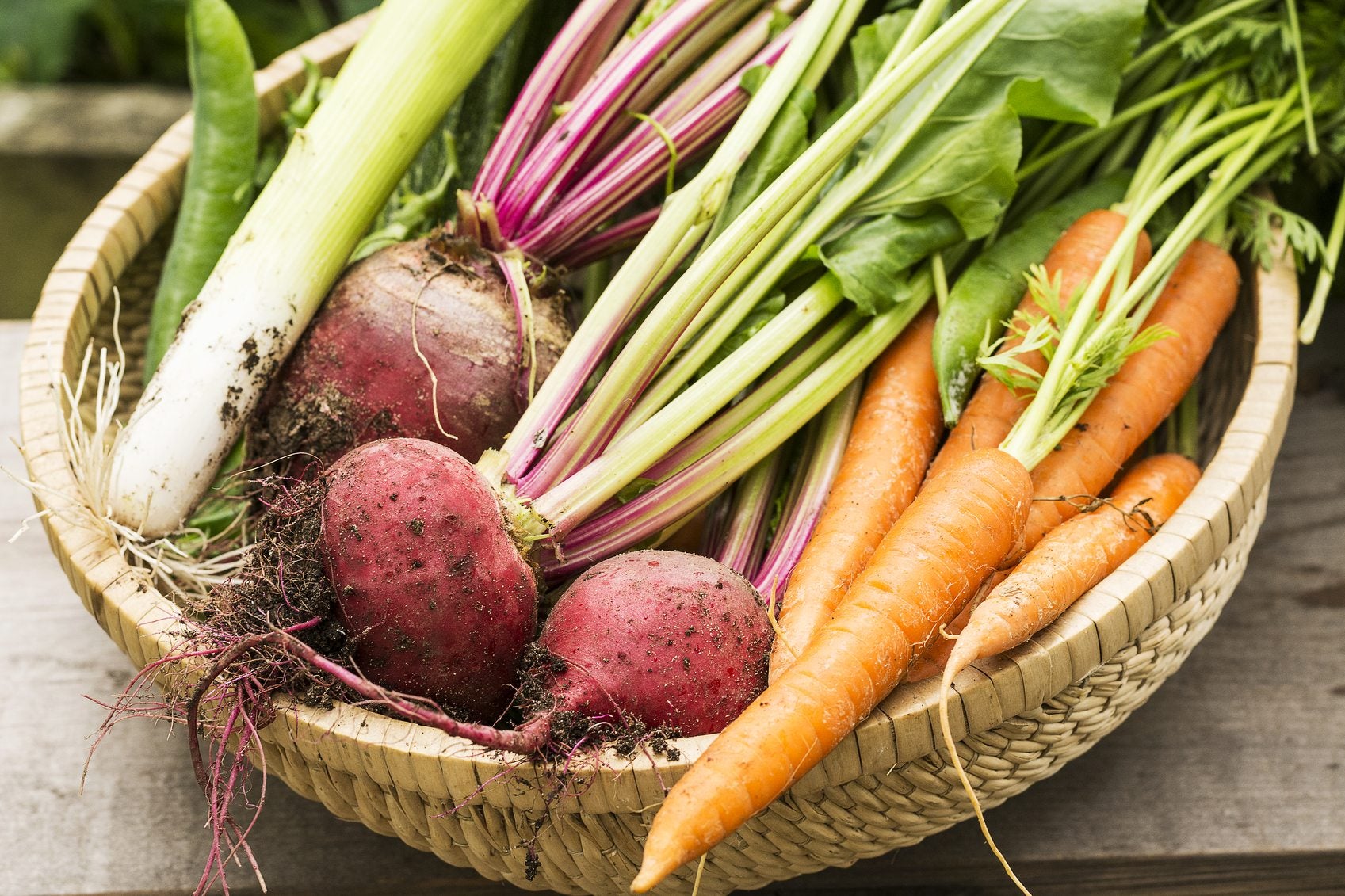Growing Cold Hardy Vegetables: Tips On Vegetable Gardening In Zone 4


Vegetable gardening in zone 4 is a challenge for sure, but it’s definitely possible to grow a bounteous garden, even in a climate with a short growing season. The key is choosing the best vegetables for cold climates. Read on to learn the basics of zone 4 vegetable gardening, along with a few good examples of delicious, nutritious, and cold hardy vegetables.
Best Vegetables for Cold Climates
Here are some suitable vegetables for zone 4 gardening: Swiss Chard: Swiss chard is an attractive vegetable with shiny, arrow-shaped leaves. This plant isn’t only nutritious and delicious, but it can tolerate temps as lows as 15 degrees F. (-9 C.). Leeks: Leeks are remarkably cold hardy vegetables and darker varieties are even more cold tolerant than pale green leeks. Carrots: Carrots are one of the best vegetables for zone 4 because the flavor gets sweeter in cooler temperatures. You may need to plant short or dwarf varieties that don’t take as long to mature. Spinach: Spinach is super easy to grow and absolutely packed with flavor and nutrients. Most importantly, this is one vegetable that thrives in cool weather. Broccoli: Broccoli is a frost-tolerant vegetable that you can actually plant three or four weeks before the last spring frost. Lettuce: Lettuce is a versatile cool season crop, and you can plant a small patch of lettuce seeds every week for several weeks of freshly picked salad greens. Cabbage: Cabbage is ready for picking in a couple of months, which is plenty of time in a zone 4 garden. Visit your local garden center and look for starter plants labeled “early cabbage.” Radishes: Radishes grow so quickly that you’ll be able to plant several succession crops with no need for starting seeds indoors. This definitely makes radishes one of the best vegetables for cold climates. Peas: Peas are fun to grow, and the blooms are pretty. Plant peas against a fence and let them climb.
Zone 4 Vegetable Gardening
Read seed packets carefully and choose cold hardy varieties that mature quickly. Cultivar names like “early,” "winter," or “speedy” are good clues. Many vegetables can be planted indoors about six weeks before the last expected frost date. Be patient. Often, it’s easiest to purchase small plants. Either way, don’t transplant tender vegetable plants outdoors until you’re sure the ground is warm, and all danger of frost has passed.
Sign up for the Gardening Know How newsletter today and receive a free copy of our e-book "How to Grow Delicious Tomatoes".

A Credentialed Garden Writer, Mary H. Dyer was with Gardening Know How in the very beginning, publishing articles as early as 2007.